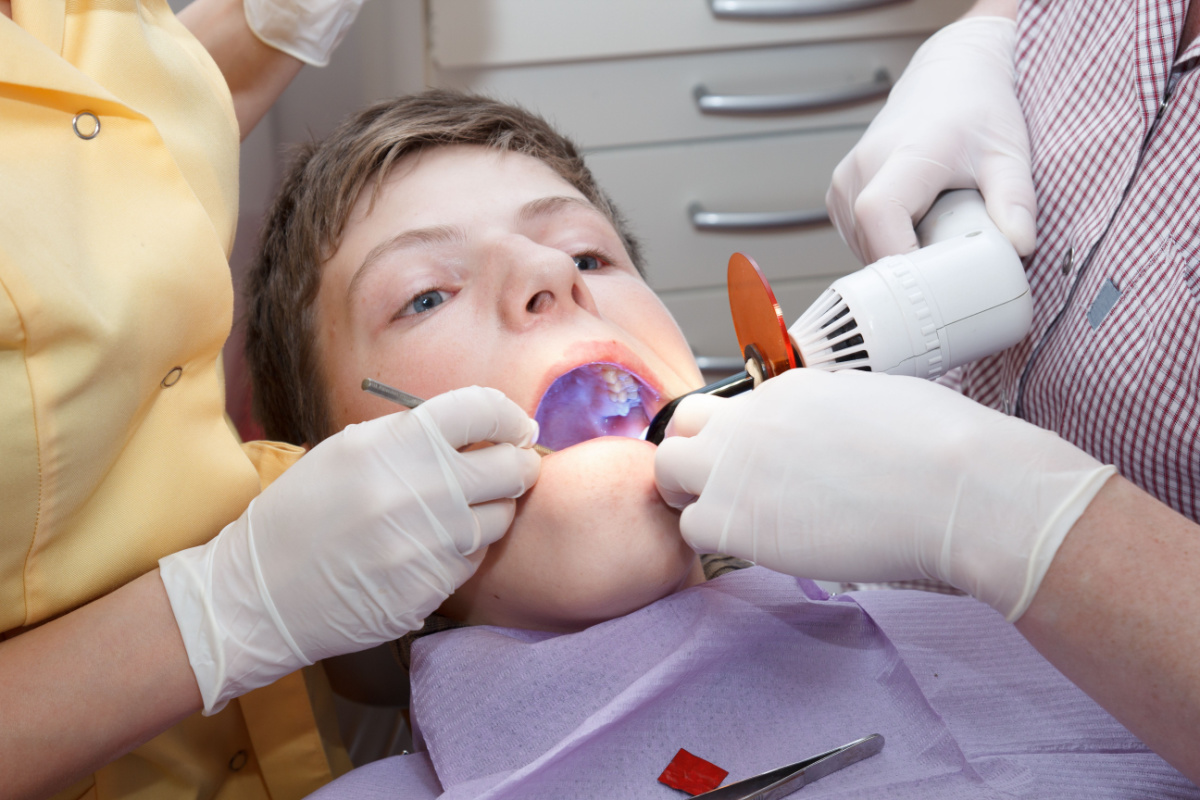Preventing tooth decay is an integral part of oral health for both children and adults. One effective method that has gained prominence in recent years is the use of dental sealants. These thin plastic coatings serve as protective barriers on the chewing surfaces of teeth, helping to keep tooth decay at bay. Read on to learn everything you need to know about dental sealants and find out how kids and grown-ups alike can benefit from this simple but effective solution!
Understanding Dental Sealants
Dental sealants are precisely what they sound like: a protective coating “painted” onto the tooth surface. When sealants are applied, they create a formidable barrier that shields the tooth’s surface, “sealing” it against harmful bacteria and acids that can cause cavities.
Dental sealants can play a role in preventing cavities in both children and adults. Young children and teenagers often struggle to maintain optimal oral hygiene, making them more susceptible to tooth decay. Sealants offer an added layer of protection during these formative years, especially for children ages six to 14. For adults, dental sealants are particularly useful on the deep grooves of permanent molars, which are notorious for trapping food particles and becoming hotspots for tooth decay.
One of the most appealing aspects of dental sealants is their longevity. Once applied, they can protect teeth for several years. However, it’s important to remember that while dental sealants are an effective preventive measure, they do not replace the need for regular brushing, flossing, and check-ups at our Hamilton dental clinic.
How Are Sealants Applied?
The process of applying dental sealants is straightforward and painless. It typically occurs during a regular dental check-up.
- Cleaning: Your dentist thoroughly cleans the teeth that will receive sealants, ensuring there’s no plaque or debris present.
- Drying: After cleaning, the teeth are dried to ensure the sealant adheres effectively.
- Application: To apply the sealant, the dentist “paints” it onto the selected teeth with a special tool. This thin, nontoxic plastic coating then begins to bond with the tooth surface.
- Curing: A special curing light solidifies the sealant. This step ensures that the sealant hardens and becomes a durable protective shield.
After your sealants are applied, your dentist will let you know how long you have to wait to begin eating and drinking again. Typically, this period is no longer than a few hours at most. Once you’re cleared to enjoy food and beverages, avoid biting down on hard foods or objects such as candy, ice, or pens, as these could potentially damage the sealant.
Sealants vs. Fillings
While both dental sealants and fillings protect our teeth, they play different roles in dental care and are used under different circumstances. Dental sealants prevent cavities by preventing food particles and bacteria from lodging there and causing decay. Fillings, on the other hand, are a form of treatment for cavities. They are used when tooth decay has already occurred and resulted in a cavity.
The best way to determine whether you need sealants or fillings is to consult your dentist. Regular dental visits will enable us to recommend the best approach to maintain your oral health, whether it’s applying sealants, filling an existing cavity, or both.
Schedule a Dental Checkup Today!
Dental sealants are a powerful tool in the fight against tooth decay for people of all ages. They create a protective barrier on the chewing surfaces of teeth, preventing cavities and maintaining oral health. However, it’s still important to maintain a good oral hygiene routine to ensure your sealants work as effectively as possible.
If you think you or your child might benefit from dental sealants, our team is here to help. Reach out to Hamilton Dental Associates anytime for the best adult and pediatric dentistry in Robbinsville, NJ, and the nearby areas. Protecting your smile has never been easier or more effective!







